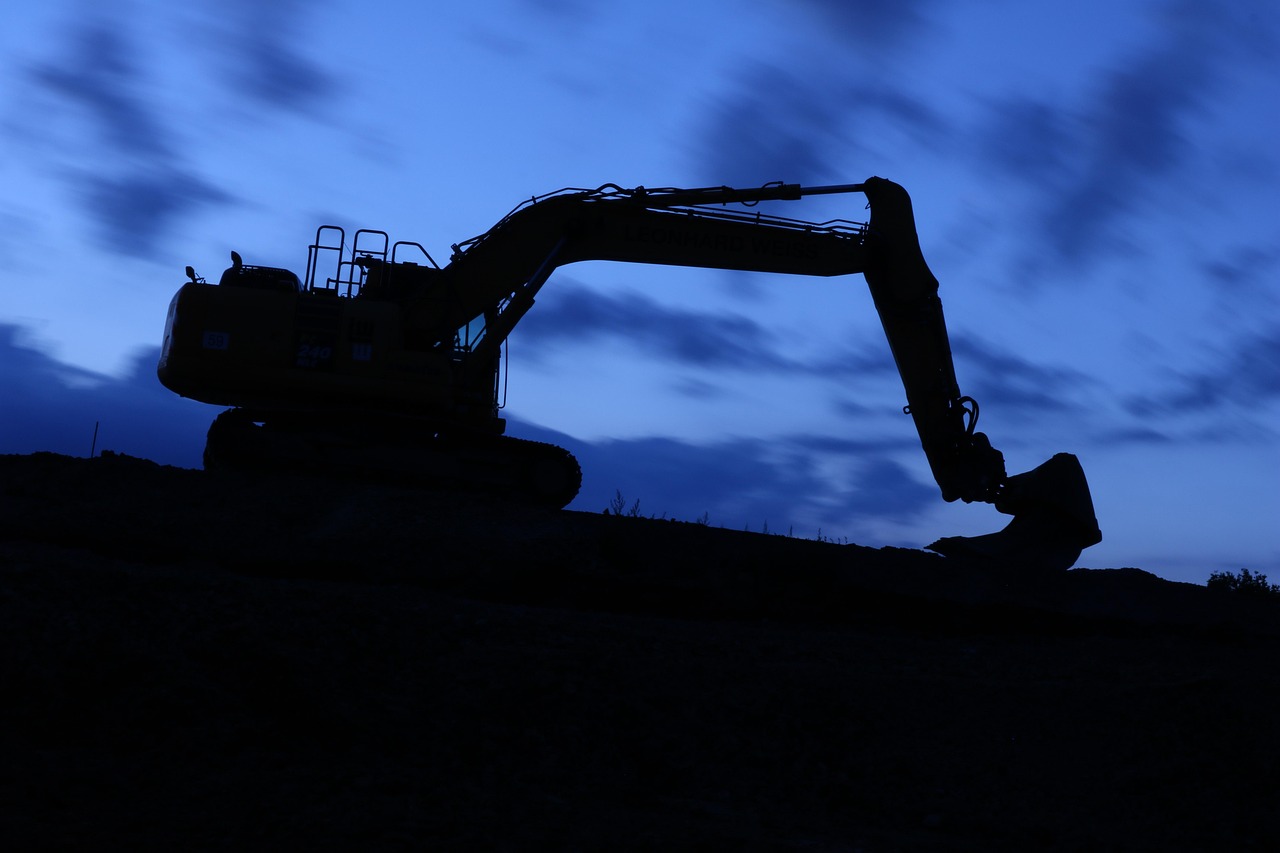Long-term water shortage management and Community Involvement and Education explained
Community Involvement and Education, Long-term water shortage management, etc…
The Water Cycle in the Great Basin
The Great Basin is an expansive high-desert region that spans parts of California, Nevada, Utah, Oregon, and Idaho. Due to its unique geographical characteristics, it has a distinctive water cycle that differs significantly from other regions.
Water Sources and Precipitation:
- Sierra Nevada Mountains: The western portion of the Great Basin includes the Sierra Nevada mountains in California, which act as a significant water source for the region.
- Precipitation: The Great Basin receives relatively low precipitation, with average annual rainfall ranging from 5 to 15 inches.
Water Flow and Evaporation:
- Endorheic Drainage: The Great Basin is an endorheic basin, meaning its rivers and streams do not reach any ocean. Instead, they flow into closed lakes and playas.
- Evaporation and Aridity: The high temperatures and low precipitation rates result in significant evaporation, leading to the formation of salt flats and dry lake beds.
The Impact on California
The Great Basin provides a vital source of water for California, as it is home to the headwaters of the Owens River, which flows into the Los Angeles Aqueduct. However, over-allocation of water from the Owens Valley has contributed to water shortages and environmental degradation in the region.
Water Scarcity and Climate Change
The Great Basin is facing increasing water scarcity due to:
- Population Growth: Increased population and urbanization have placed greater demands on water resources.
- Climate Change: Rising temperatures and changing precipitation patterns are exacerbating water shortages, leading to reduced snowpack and altered streamflows.
Solutions for a Sustainable Water Cycle
To address the water shortage crisis in the Great Basin, collaborative efforts are required to:
- Conserve Water: Implement water conservation measures in urban and agricultural areas to reduce demand.
- Improve Water Management: Enhance water storage and distribution infrastructure, such as groundwater recharge and desalination plants.
- Explore Alternative Sources: Investigate alternative water sources, such as recycled wastewater and stormwater capture.
- Climate Adaptation and Mitigation: Support research and implement strategies to mitigate climate change and adapt to its impacts on water availability.
💧 The Great Basin: A Thirsty Land 💧
TL;DR: The Great Basin is a dry region with a unique water cycle, but climate change is making water shortages worse. We need to save water, use it wisely, and work together to protect our future.
The Water Cycle in the Great Basin
The Great Basin is a vast, high-desert region in the western United States, including parts of California, Nevada, Utah, Oregon, and Idaho. It’s known for its dry climate and stunning landscapes. But how does water move through this region?
The water cycle in the Great Basin is a bit different than in other places. Most of the water comes from snow that falls in the mountains during the winter. This snow melts in the spring, feeding rivers and streams that flow down into the valleys and deserts. Some water evaporates back into the air, while some soaks into the ground, becoming groundwater.
But the Great Basin is a closed system, meaning water doesn’t easily flow out. This means most of the water that falls as rain or snow stays within the region.
The Challenge: Water Shortages
The Great Basin faces a serious problem: water shortages. This means there isn’t enough water for all the people, plants, and animals that live there. This shortage is caused by a few factors:
- Climate change: Temperatures are rising and the snowpack in the mountains is melting earlier in the year. This means less water flows into the rivers and streams during the summer months when it’s needed most.
- Growing population: More people are moving to the Great Basin, putting a strain on the limited water supply.
- Water use: Agriculture, cities, and industry all use a lot of water. As the population grows, so does the demand for water.
The Impact on California
The Great Basin includes parts of the Sierra Nevada mountains in California, which provide a vital source of water for the state. As the Great Basin experiences more water shortages, California also faces the challenge of not having enough water for its growing population and agricultural needs.
Solutions: Finding Ways to Thrive in the Arid West
There are things we can do to address the water shortage crisis in the Great Basin. Here are a few ideas:
- Conservation: We can all do our part to save water by taking shorter showers, fixing leaky faucets, watering our lawns less often, and choosing water-wise plants.
- Innovation: Scientists and engineers are developing new technologies like drip irrigation, which uses less water to grow crops, and desalination, which removes salt from seawater to make it drinkable.
- Policy: Governments can pass laws and regulations to protect water resources and encourage conservation.
- Community Involvement and Education: Communities can come together to learn about water conservation, educate each other about water-wise practices, and advocate for policies that protect the water supply.
A Collective Effort: Climate Rescue Initiative
The Active Climate Rescue Initiative is a group working to find solutions to the Great Basin’s water challenges. They are focused on using science and technology to help communities adapt to climate change and conserve water. They are working to educate people about the water cycle, promote water conservation, and develop new technologies that can help us use water more efficiently.
Summary
The Great Basin’s water cycle is delicate and facing major challenges due to climate change and increasing water demands. Water shortages are already impacting the region and California, but we can all make a difference. By conserving water, using innovative solutions, and working together, we can help secure a healthy future for the Great Basin and all its inhabitants.
More on Long-term water shortage management…
- Long-term Water Shortage Management
- Water conservation
- Water efficiency
- Drought management
- Water planning
- Water scarcity
- Water sustainability
- Water resources management
- Sustainable water resources
- Integrated water resources management
- Water demand management
- Non-revenue water
- Water leak detection
- Water metering
- Water pricing
- Water conservation technologies
- Water conservation measures
- Water conservation programs
- Water conservation education
- Water conservation incentives
- Community Involvement and Education
- Community engagement
- Public participation
- Stakeholder involvement
- Partnerships
- Outreach
- Education campaigns
- Awareness raising
- Water literacy
- Water conservation education
- Water efficiency education
- Water stewardship
- Community water management
- Participatory water management
- Water user associations
- Water cooperatives
- Water conservation education materials




